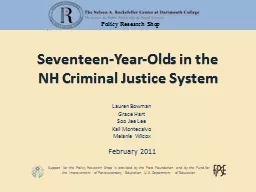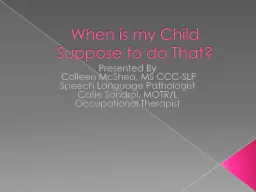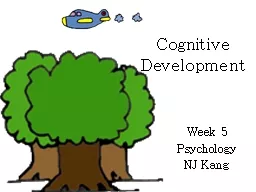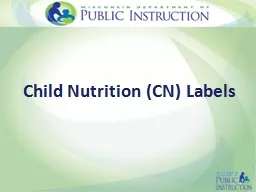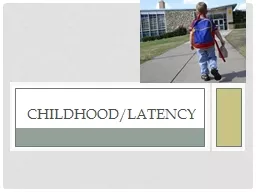PPT-Seventeen-Year-Olds in the
Author : alida-meadow | Published Date : 2018-03-08
NH Criminal Justice System Lauren Bowman Grace Hart Soo Jee Lee Kali Montecalvo Melanie Wilcox February 2011 1 INTRODUCTION Current State Policy 1996 NH state
Presentation Embed Code
Download Presentation
Download Presentation The PPT/PDF document "Seventeen-Year-Olds in the" is the property of its rightful owner. Permission is granted to download and print the materials on this website for personal, non-commercial use only, and to display it on your personal computer provided you do not modify the materials and that you retain all copyright notices contained in the materials. By downloading content from our website, you accept the terms of this agreement.
Seventeen-Year-Olds in the: Transcript
Download Rules Of Document
"Seventeen-Year-Olds in the"The content belongs to its owner. You may download and print it for personal use, without modification, and keep all copyright notices. By downloading, you agree to these terms.
Related Documents

